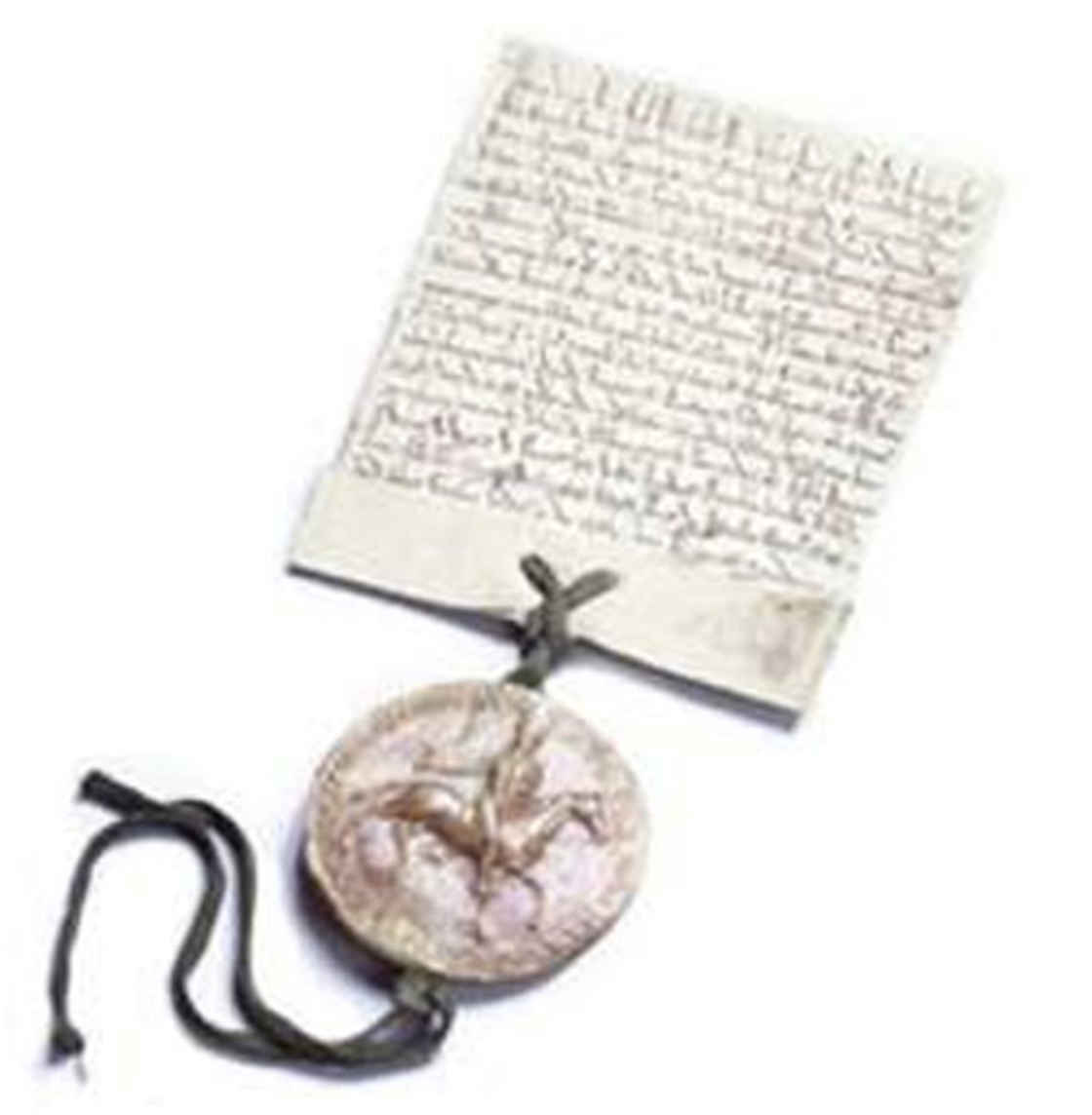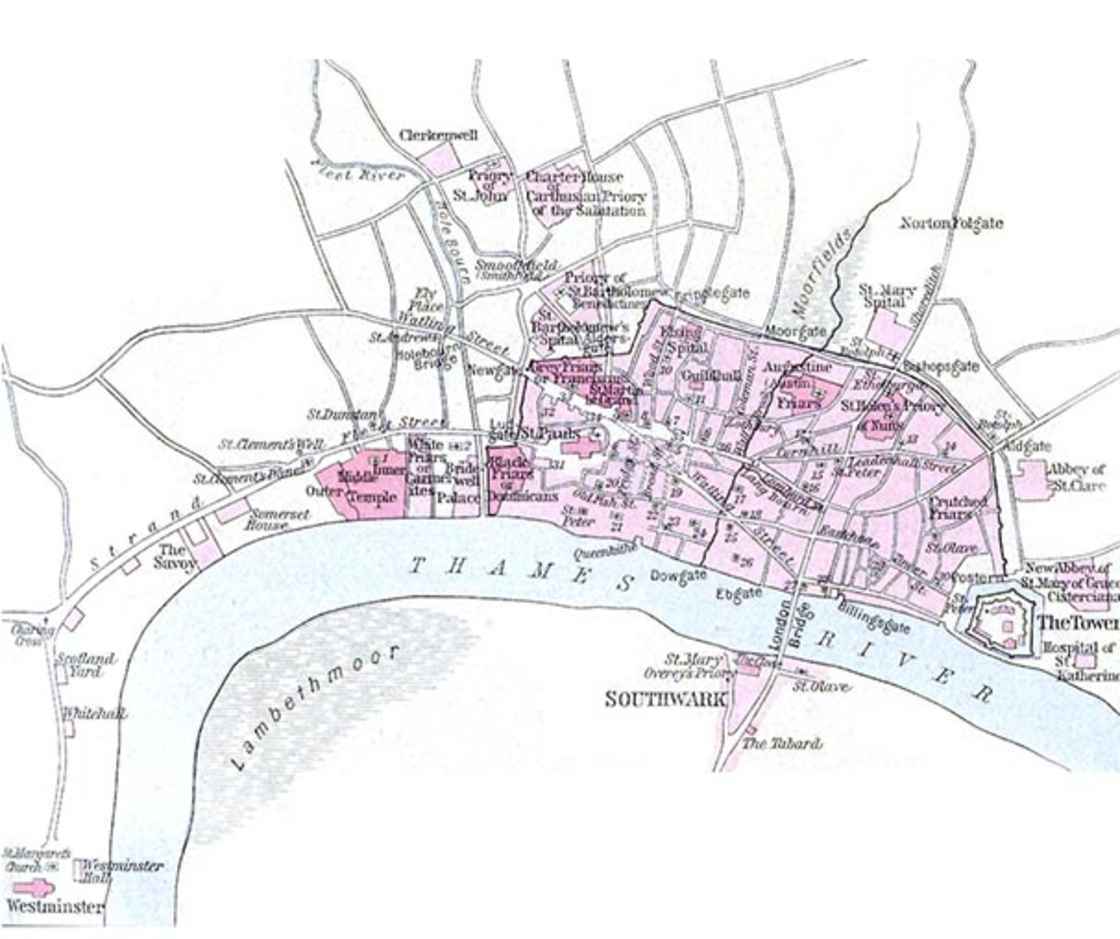History of the Lord Mayor’s Show
The Lady Mayor's Show History of the Lord Mayor’s Show
The Mayor of London is an ancient office originally created by King John in 1215, presumably in an attempt to win the City over to his side.
By this time King John’s reign was falling apart. His armies were retreating in France, his treasury was empty and his Barons were on the edge of revolt. Soon they would force him to sign the Magna Carta, which would be largely ignored until civil war finally broke out. John died of dysentery a year later while marching his dwindling armies from one besieged city to another.
London sat in the middle of the growing conflict. It was a cosmopolitan, mercantile place even then: rich but vulnerable, easy to capture, hard to govern. The city was frequently captured, held hostage or used as a base by some warring Baron.
For years London had been trying to become a ‘commune’: a sort of early city state that would be able to declare its borders, make treaties and defend itself. King John may have thought it a smart move to go along with this, and in 1215 he issued a Royal Charter that established the commune and allowed the City to choose its own Mayor every year instead of having a sheriff appointed by the King.
There was a condition: every year the newly elected Mayor must leave the safety of the City, travel upriver to Westminster and swear loyalty to the King.
In fact the loyalty of 13th century London was quite flexible and the city soon became a base for the rebellious barons. When they tried to get out of trouble later that year by offering the English crown to Prince Louis of France, Londoners are said to have lined the streets to welcome the invading French army.*
Later in 1215 the King was briefly brought to heel and the Magna Carta was signed. Chiefly an attempt to agree terms for peace, it was also one of the first documents to place limits on the power of the King, and in hindsight has become a treasured constitutional milestone.
John never actually put his name to to the Magna Carta, since he could not read or write, but among its 25 signatories we can see the second elected Mayor of London, William Hardel. He probably gave us this part:
The Mayor became known as the “Lord Mayor” about 200 years later but it has remained an elected office ever since it was created, and for the next few centuries Lord Mayor of London was by far the grandest position to which a commoner could aspire. The Lord Mayor's Journey was the celebrity spectacle of its day and over the centuries it grew so popular that it was known everywhere as the Lord Mayor’s Show.
The Show features in the plays of Shakespeare, the diaries of Pepys and the adventures of James Bond and of course in the pantomime story of Dick Whittington, who really was Mayor of London in three separate years. In the 20th century the Lord Mayor’s Show was the first outside event ever to be broadcast live and it still attracts a TV audience of millions.
The modern Lord Mayor’s procession is a direct descendant of that first journey to Westminster. The route and date have changed over the years but the pageantry of Hogarth and Canaletto can still be seen in its lively mixture of London’s past, present and future.
The State Coach is over 250 years old, and the regiment of pikemen who guard it are almost as old as the Show. Today you will see the City’s businesses, Livery Companies, charities, Her Majesty’s Forces, the City Police and Londoners from all walks of life come together to enjoy a splendid celebration of the City’s ancient power and prosperity, just as they did in the middle ages.
* It's worth mentioning that England was essentially a Norman colony at the time. The real capital was in Anjou and the 'war' was a struggle between the northern and southern parts of France. John did very badly, lost almost all of his French territories and ended up, briefly, something much more like the King of England. This reduction and the concessions that John made in his retreat, turned out to be some of the most important foundations of Britain.


